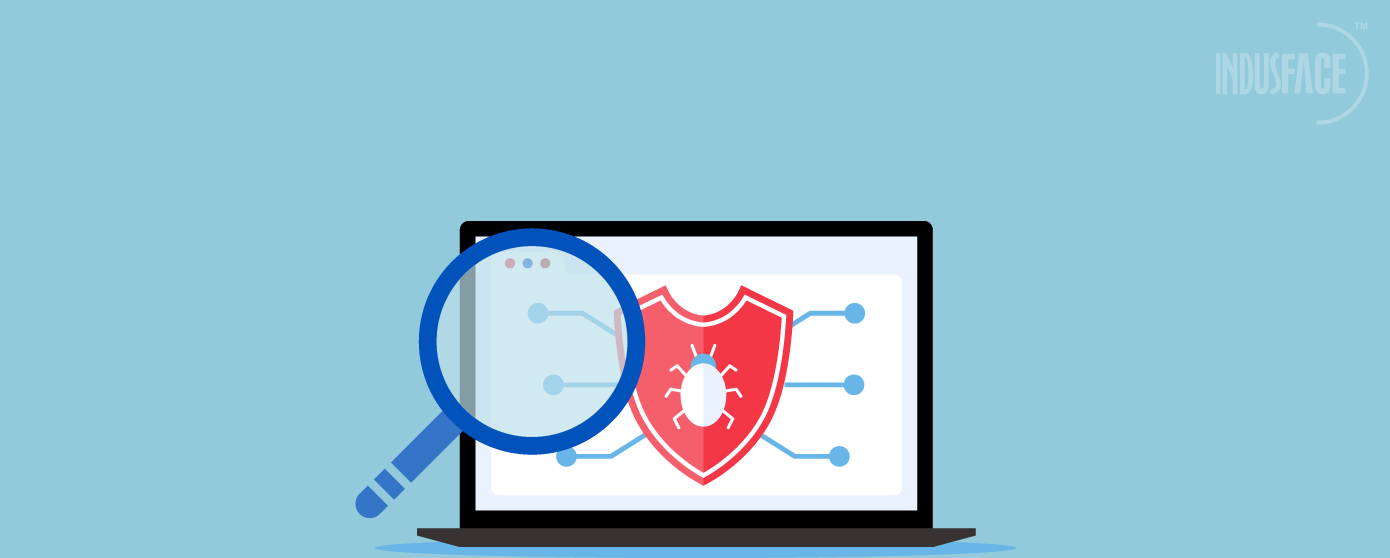
When asked to make a list of the risks facing them, many businesses forget or underestimate cybersecurity risks and the mammoth turbulence that cyber-attacks can cause. Many still believe that their web applications and IT infrastructure are somehow immune to cyber-attacks. As a result, they make no or inadequate investments in security vulnerability management.
Security vulnerability management is an ongoing process that provides an understanding of the cybersecurity risks and full visibility into the security posture of the business.
Let us delve further into the role of vulnerability management investments in addressing security concerns.
Security risks are a function of threats, vulnerabilities, threat probability, and the potential impact of the threat. Effective security vulnerability management enables businesses to identify, assess, report, prioritize, and remediate these security risks.
A combination of tools such as scanning, pen-testing, security audits, Web Application Firewall (WAF), security analytics, holistic reports, and so on are used for this purpose alongside the expertise of cybersecurity professionals.
By investing in the right kind of tools and solutions, the process of threat and vulnerability management becomes more effective. Not just that, new-age solutions leverage automation, AI, and other futuristic technologies to improve the accuracy and precision of the assessments.
As companies go through relentless digital transformation, they keep incorporating dynamic modern assets (BYOT devices, remote devices, cloud instances, etc.), adding new devices, installing new software, adding new functionalities and features, onboarding on new third-party services, and so on. This essentially translates into a fast-growing attack surface.
Even if one of these assets/ features has unnoticed vulnerabilities and is missed in vulnerability assessment, you are at a high risk of cyber-attacks. Through continuous and accurate asset discovery enabled by application vulnerability management tools, new assets, endpoints, and third-party components are identified and prioritized.
It is not adequate that businesses have an inventory of all their assets. If they cannot quickly search and find them quickly, then there is no point in inventorying them. For instance, the IT security team may want to know the number of IoT devices on the network or the list of unpatched servers in a location. Investment on modern-day vulnerability management tools enable hassle-free asset discovery and search.
Risk-based vulnerability management enables businesses to proactively address the constantly evolving threat landscape. It, thereby, helps secure their IT infrastructure and mission-critical assets against known and emerging threats. So, adequate investments in robust vulnerability management are critical.
For instance, a robust and intuitive application vulnerability management solution like AppTrana uses automated security scanners to quickly identify all kinds of known vulnerabilities. Pen tests also identify logical and unknown vulnerabilities. Backed up by the WAF, the vulnerabilities are secured and prevented from being exploited by known and emerging threats. The WAF helps businesses block malicious actors at the network perimeter itself by monitoring the traffic in real-time.
Backed by AI, Global Threat Intelligence, and learning capabilities, new-age WAFs like AppTrana engage in behavior and pattern analysis to stop even emerging threats. Equipped with false-positive management, IT security teams and developers save wasteful efforts on remediating vulnerabilities that do not exist. Traditional firewalls are not equipped to do so. They simply use signatures to monitor traffic and decide who gets access to the application.
By investing in new-age Vulnerability Management solutions, businesses can get in-depth insights into the gaps, weaknesses, and vulnerabilities that exist in the IT infrastructure. Using a combination of next-gen security tools and manual expertise, businesses can:
Once these gaps and weaknesses are identified, they can be prioritized and remediated accordingly.
Modern-day risk-based vulnerability management solutions enable businesses to minimize the risk of downtimes, website crashes, and performance issues. They help businesses to build redundancies into the network so that the impact of sudden traffic spikes and DDoS attacks are minimal. They help ensure that the web applications and networks are always available and that there are no losses from business to competitors.
Conclusion
There are plenty of vulnerability management solutions available, many even free of cost. However, are they good enough? Unfortunately, not! Free vulnerability management tools often involve basic cookie-cutter solutions. They do not enable you to understand your risk profile or help minimize the risks.
Does a large investment in a risk-based vulnerability management solution ensure the best standards of security? Not necessarily. More investment does not always translate into better security. The security vulnerability management solution must be tailored to meet the specific needs, unique context, and the industry best practices of the business.
Invest in multi-layered, intelligent, and managed security vulnerability management solutions for unhindered business functioning.
Stay tuned for more relevant and interesting security articles. Follow Indusface on Facebook, Twitter, and LinkedIn.
This post was last modified on November 28, 2023 15:47
A Managed WAF is a comprehensive cybersecurity service offered by specialized providers to oversee, optimize,… Read More
Explore crucial tactics like Asset Inventory, Patch Management, Access Control & Authentication, and additional best… Read More
Delve into the data privacy questions including consent protocols, data minimization strategies, user rights management,… Read More